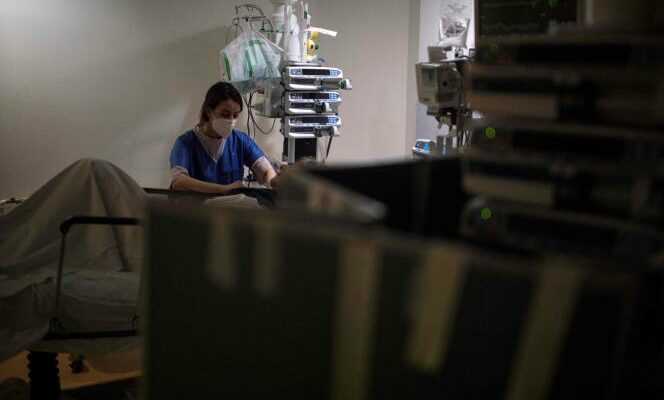The frequency and severity of cerebrovascular accidents (CVA) are higher among the poorest people, particularly between 45 and 64 years old, according to a study published Wednesday, February 9 by the Ministry of Health.
The frequency of occurrence of a stroke “among people belonging to the poorest 25% is 40% higher than among those belonging to the richest 25%”underlines the Directorate of Statistics (Drees) based on an analysis of data from 2014 to 2017.
These disparities vary according to age: smaller before age 45, it is among the 45-64 age group that they are most marked. In this age group, “the rate of occurrence is almost twice as high among the most modest compared to the wealthiest”before “fade at old age”no difference being observed from the age of 85.
More significant sequelae
The poorest also suffer more from the after-effects of their strokes: belonging to the 25% of the poorest people increases the risk of paralysis by 22% which persists beyond twenty-four hours. The same applies to language disorders where the risk is increased by 11% among the poorest compared to people belonging to the wealthiest 25%.
These complications are “strongly correlated with the quality and speed of initial care”. However, the standard of living plays in part on access to “the most suitable services” in the hospital (neurovascular units): “the most modest people are 10% less likely to be accommodated in these units”adds the Drees.
In all, 27% of patients die within a year of their stroke. Here again, “it appears that a high standard of living is associated with an 11% reduction in the risk of death at one year”notes the Drees study.
